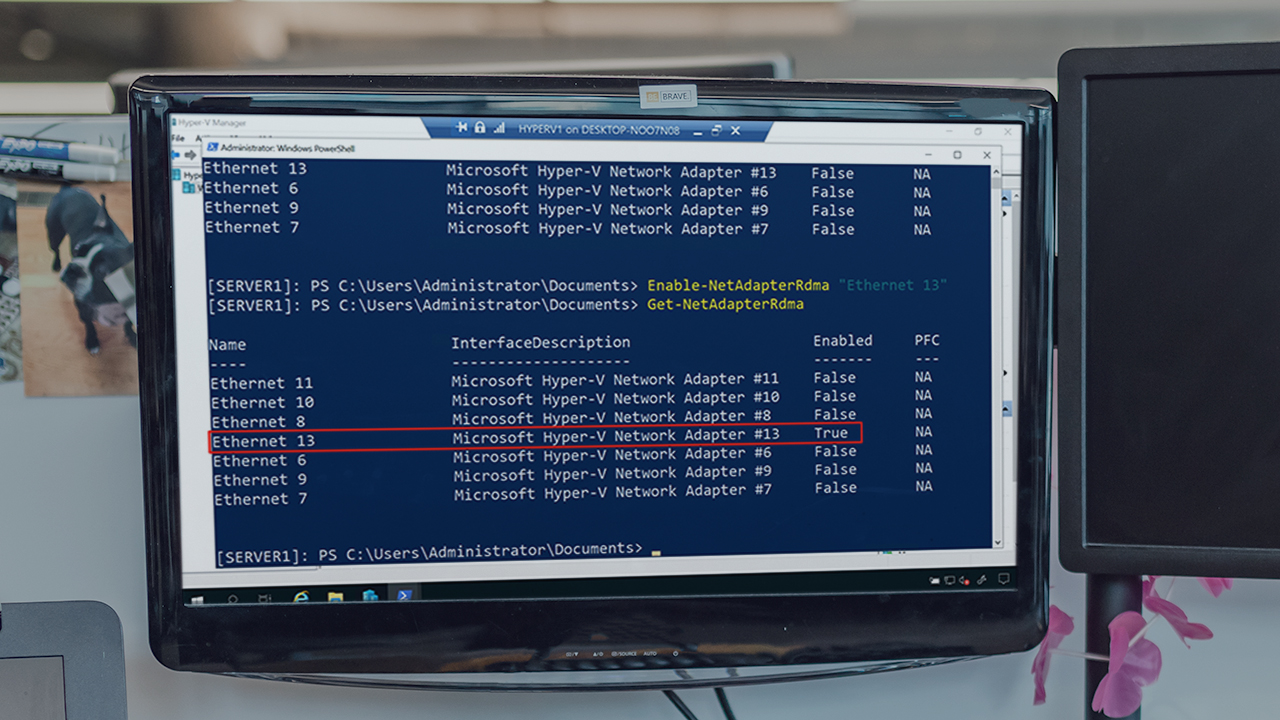- Course
Implement Windows Server 2019 High Performance Network Solutions
This course will teach you how to manage advanced networking features in Windows Server 2019.

- Course
Implement Windows Server 2019 High Performance Network Solutions
This course will teach you how to manage advanced networking features in Windows Server 2019.
Get started today
Access this course and other top-rated tech content with one of our business plans.
Try this course for free
Access this course and other top-rated tech content with one of our individual plans.
This course is included in the libraries shown below:
- Core Tech
What you'll learn
Windows Server has a lot of features to support physical and virtual networking. In this course, Implement Windows Server 2019 High Performance Network Solutions, you’ll learn to utilize the networking features in Windows Server 2019. First, you’ll explore linking networking adapters with NIC teaming and SET. Next, you’ll discover how to manage storage channels like SMB multichannel and SMB direct. Finally, you’ll learn how to Encrypt and configure virtual networks. When you’re finished with this course, you’ll have the skills and knowledge of high-performance networking needed to make full use of Windows Server 2019’s networking features.

